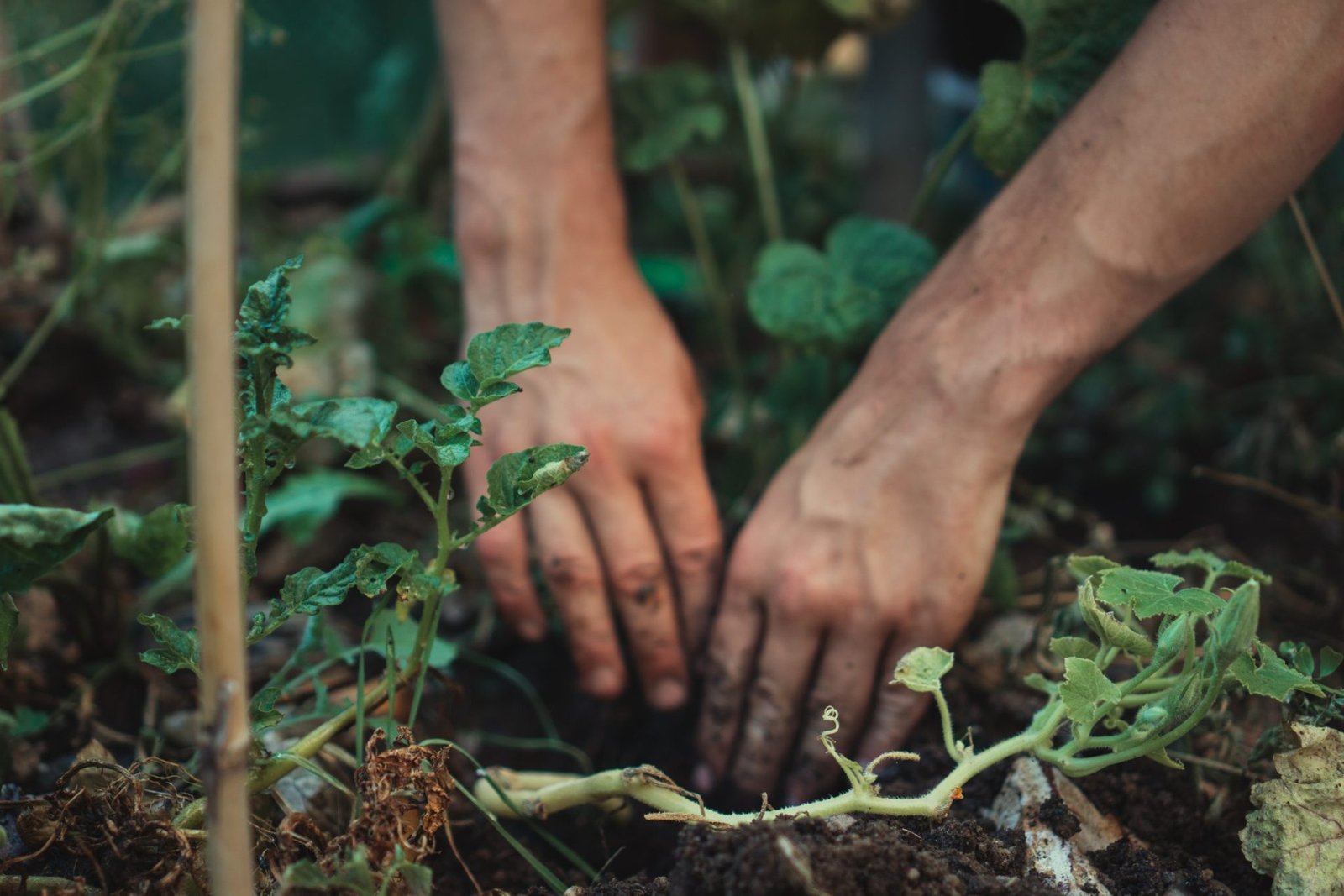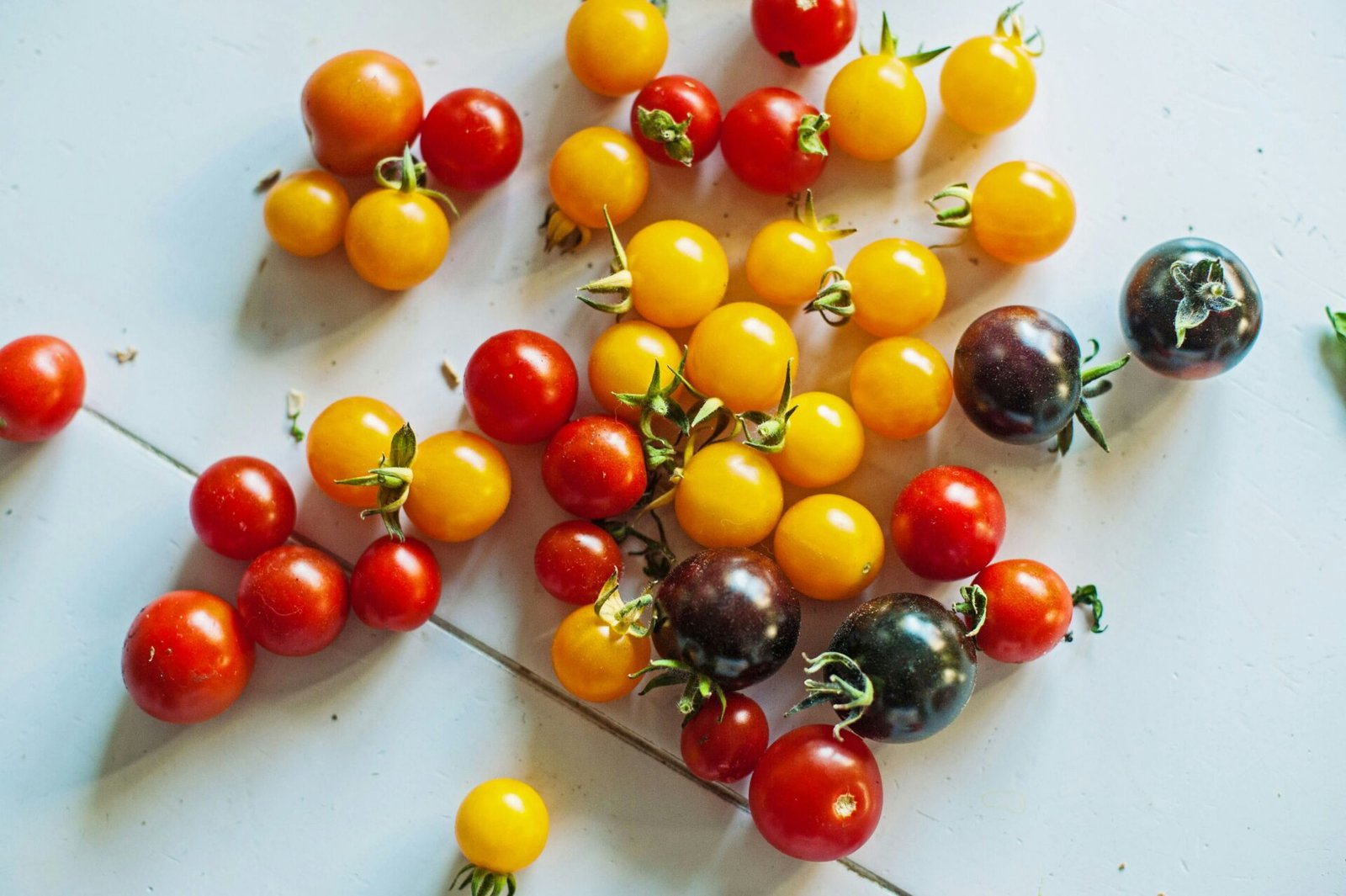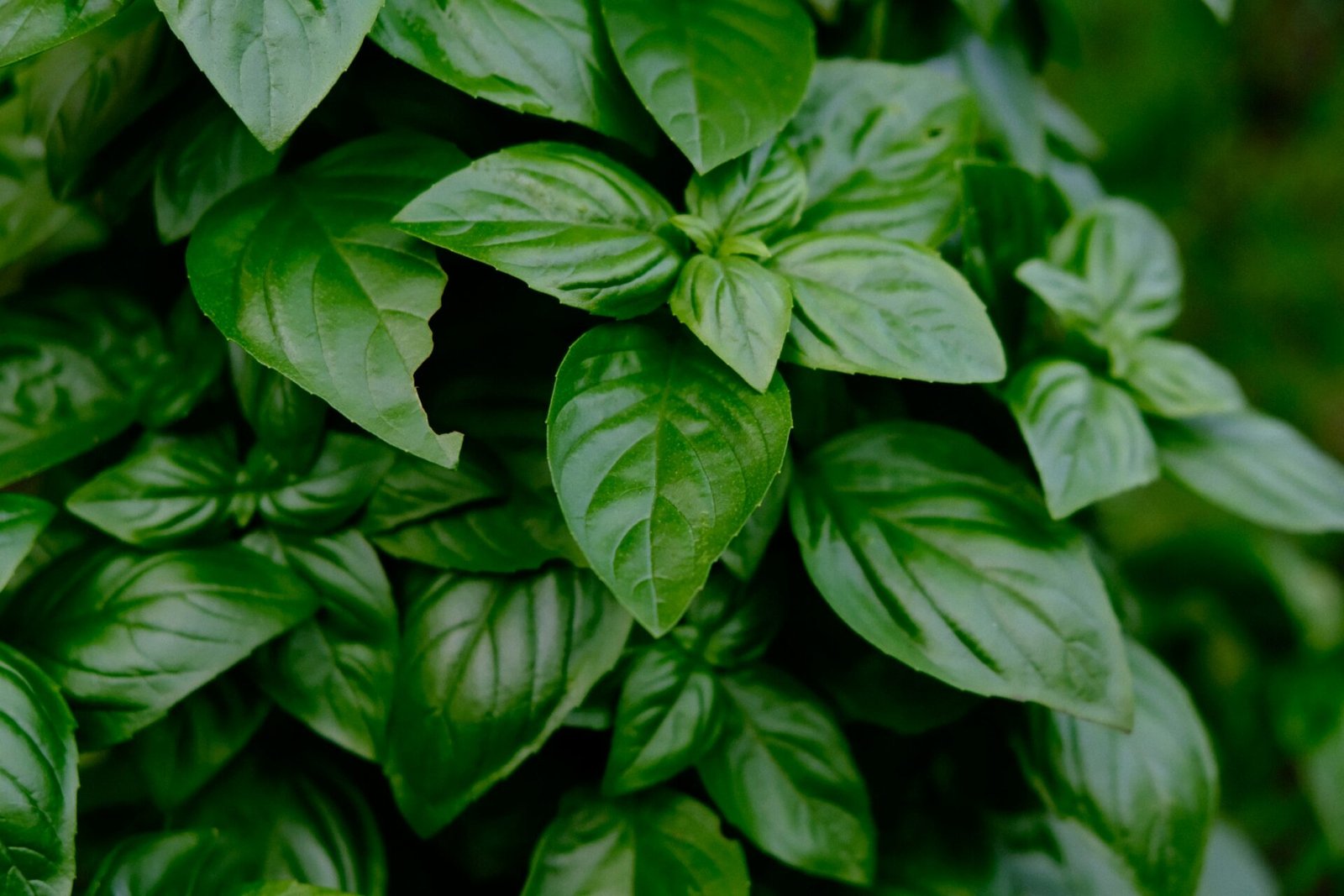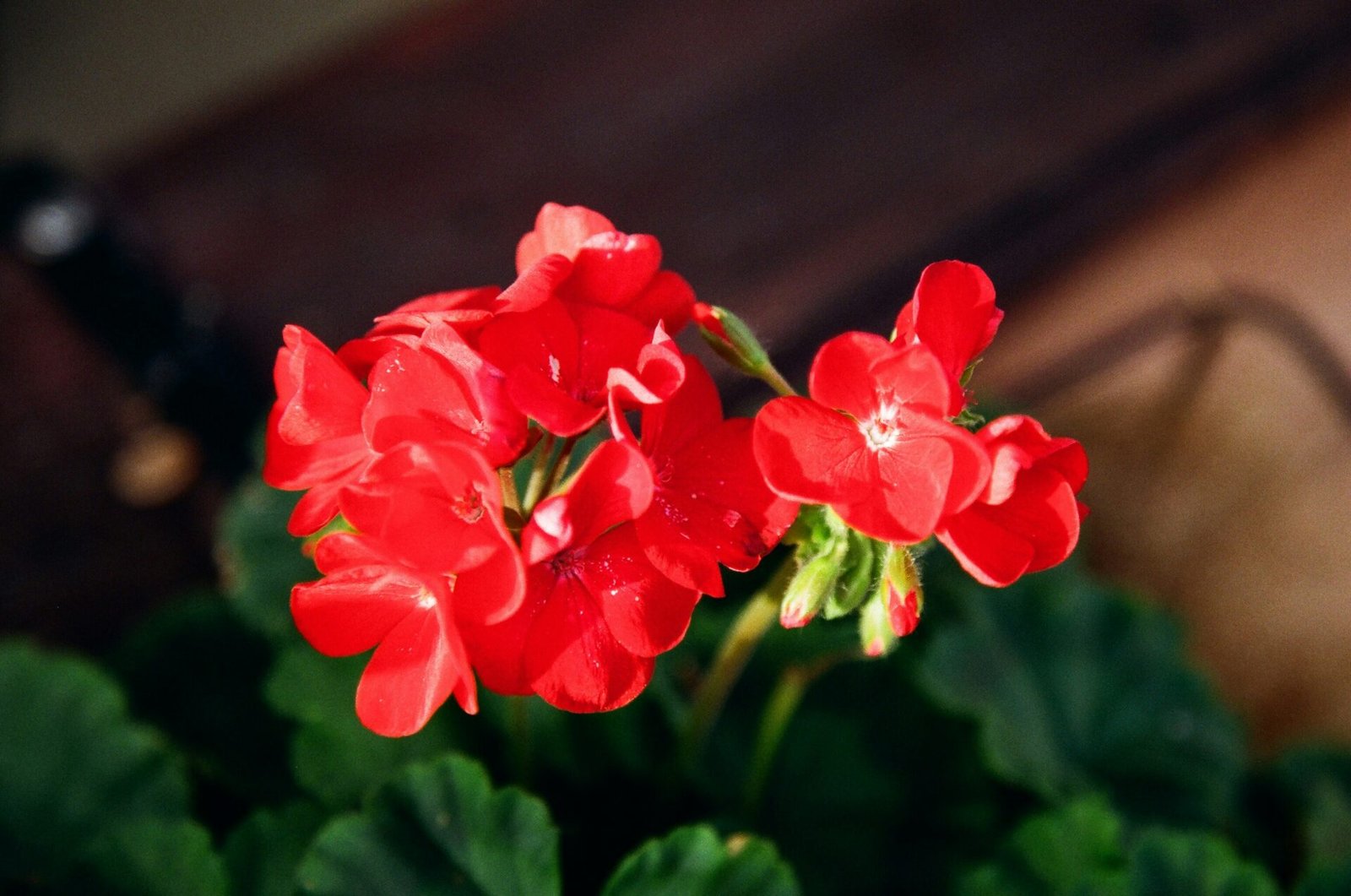Transforming lackluster dirt into rich, fertile soil is a game-changer for any gardener or homesteader. I’ve discovered that the secret to vibrant gardens and bountiful harvests lies beneath our feet. It’s all about nurturing the ground we grow on.
I’ll guide you through the surprisingly simple steps to enrich your dirt, turning it into soil that’s alive with nutrients and ready to support robust plant growth. Whether you’re working with a compact flower bed or a sprawling vegetable garden, these tips are your ticket to a thriving outdoor space.
Importance of Soil Health
When I talk about soil health, what I’m really referring to is the soil’s ability to function as a vibrant ecosystem that sustains plants, animals, and humans. Healthy soil is the foundation of a productive garden. It’s not just dirt – it’s a complex web of life, teeming with microorganisms, insects, organic matter, and minerals. These components work in harmony to promote vigorous plant growth.
One key aspect of soil health is its nutrient content. Plants draw essential nutrients like nitrogen, potassium, and phosphorus from the soil. When these nutrients are lacking, plants struggle to grow and produce food. That’s why I always recommend regular soil testing to identify any deficiencies that might need addressing.
Another vital characteristic of healthy soil is its structure. Good soil has a loamy, crumbly texture that holds moisture yet drains well. It should be loose enough to allow plant roots to penetrate deeply but stable enough to support your plants. Investing in organic matter such as compost is one of the best ways to improve soil structure.
Let’s not overlook the importance of soil pH. Most plants prefer a pH level between 6.0 and 7.0. Outside this range, certain nutrients become less available, leading to poor plant health. Adjusting the pH can involve adding lime to raise it, or sulfur to lower it, depending on your soil’s condition.
It’s also worth mentioning that healthy soil supports resistance to diseases and pests. Plants grown in nutrient-poor soil are more susceptible to issues that can quickly decimate a garden. When I enhance the soil, I’m also building in a line of defense for my plants against these external threats.
Being attentive to the health of your soil is a form of proactive gardening. Not only does it mean better yield and more vibrant blooms, but it also contributes to the wider ecosystem. Each step taken to improve the soil in your garden has ripple effects on the surrounding environment, supporting biodiversity and sustainability.
Understanding the Difference between Dirt and Soil
Before I dive into the transformative process of turning dirt into soil, it’s crucial to grasp the fundamental differences between the two. I often hear the terms ‘dirt’ and ‘soil’ used interchangeably, but in the world of gardening and agriculture, they are not synonymous.
At the most basic level, dirt is dead. It’s merely a sterile mix of particles like sand, silt, and clay. It lacks the organic matter and living organisms that are the hallmarks of soil. Think of dirt as that stuff you sweep up from your floor – it can’t support life because it’s not teeming with the nutrients and beneficial microbes that are essential for plant growth.
In contrast, soil is a vibrant, living ecosystem on its own. It’s the substance you find on the ground in natural environments. What sets soil apart is its composition: it’s infused with decomposed organic matter, which could be anything from leaf litter to aged manure, making it a powerhouse of nourishment for plants. Moreover, soil structure is key, with various aggregates creating spaces for air and water to circulate – both of which are vital for roots to take hold and for supporting the countless organisms that work tirelessly to maintain the soil’s health.
Why does this distinction matter? When you’re looking forward to enriching your garden or starting a new one, you’re aiming to cultivate soil, not just displace dirt. Healthy soil supports life and is the cornerstone of any successful garden. It offers plants everything they need: nutrients, stability, moisture, and breathability.
Acknowledging that dirt can be transformed into soil is the first step in understanding the journey we’re about to embark on. Investing in the conversion from dirt to soil is more than a gardening choice; it’s a commitment to fostering an environment where life can flourish, thereby contributing to the larger picture of our ecosystem. Through the addition of organic matter and careful management, what once was inert can be revitalized, allowing you to reap the benefits of a truly living garden.
Assessing Your Dirt
Before you can transform dirt into the vibrant, life-sustaining substance we call soil, you’ve got to know what you’re working with. Assessing your dirt is a crucial first step to this transformation. It’s similar to a doctor’s initial diagnosis before treatment; without this understanding, you might miss crucial issues that could prevent your dirt from becoming the fertile ground you desire.
When I look at the patch of earth in my garden, the first thing I do is get down and dirty—literally. I grab a handful of dirt and feel its texture. Is it heavy and compact, indicating a clay-rich composition? Or is it light and sandy, which might drain water too quickly? Maybe it’s somewhere in between, which would be ideal because loamy dirt has balanced attributes that make it easier to turn into rich soil.
The next step in my assessment process is performing a simple jar test. This involves filling a clear jar with a sample of your dirt, adding water, and giving it a good shake. As the mixture settles, it will separate into layers of sand, silt, and clay. You can quickly gauge your dirt’s components and understand what you need to add to improve its structure.
What many forget to consider is the pH level of their dirt. I can’t emphasize enough the importance of this measurement. Most plants thrive in soil that is slightly acidic to neutral. Testing kits are readily available online or at garden centers, and they’ll guide you on whether you need to adjust the pH with additives. Remember, there’s little point in adding nutrients if the pH is off – your plants won’t be able to make the best use of them.
Finally, an authentic evaluation of organic matter content is indispensable. Without organic matter, dirt lacks the food web essential for converting it into soil. If your dirt is low in organic matter, you’ll likely need to incorporate compost, leaf mold, or manure to boost its fertility.
By thoroughly assessing your dirt considering these factors, you’re laying the groundwork for a successful transformation. The journey from dirt to soil may be challenging, but with a solid understanding of your starting material, you’re well on your way to cultivating an environment brimming with life.
Steps to Transform Dirt into Soil
Once you’ve assessed your dirt’s potential, it’s time to start the hands-on work of transforming it into rich, fertile soil. I’ll walk you through some practical steps that are fundamental to this process.
First and foremost, removal of debris is essential. I make it a point to clear away any stones, plastic, or other unnatural materials that could hinder plant growth or disrupt the soil structure. This step ensures that your soil is free from contaminants that might affect the health of your plants.
I then focus on adjusting the texture. If my jar test revealed heavy clay or sand proportions, I’d work in the appropriate amendments. For clay, I’d incorporate coarse sand or gypsum, which help to break up the compaction and improve drainage. Conversely, if dealing with sandy dirt, I’d add clay and organic matter to increase the dirt’s ability to retain water and nutrients.
Balancing pH levels is critical as well. If my soil test shows an imbalance, I address it by adding lime to raise the pH or sulfur to lower it. The right pH balance will make all the difference in nutrient availability to your plants.
Incorporating organic matter is arguably the most influential step in this transformation. I always recommend adding a generous layer of compost, well-rotted manure, or leaf mold to the dirt. Not only does it provide essential nutrients but also encourages beneficial microorganisms and worms that aid in soil health.
Finally, I ensure regular maintenance. Soil is not a “set it and forget it” type of endeavor. It requires ongoing care – mulching, composting, and periodic re-testing to ensure optimal conditions for whatever you plan to grow. Regular attention ensures the soil remains fertile and productive throughout the growing seasons.
By diligently following these steps, you’ll effectively turn lackluster dirt into vibrant soil that offers the perfect foundation for a flourishing garden or landscape.
Adding Organic Matter
Organic matter plays a pivotal role in transforming dirt into nutrient-rich soil. I’ve discovered that the inclusion of organic material not only enriches the soil with essential nutrients but also improves its structure, aeration, and water retention capacities.
When I embark on the journey to amend my garden’s dirt, I start by layering on compost. Compost is essentially decomposed organic matter and is incredibly effective at boosting the fertility of the soil. I make my own compost pile with kitchen scraps, yard waste, and other biodegradables which, over time, transform into a rich, earthy substance. For those who aren’t compost enthusiasts, purchasing bagged compost from a local garden center is a great alternative.
Another way I enhance my dirt is by adding aged manure. It’s vital to ensure that the manure is well-aged or composted to avoid harming plants due to the excess nitrogen that fresh manure can release. Here’s a tip: horse, cow, and chicken manure are among the best types for enriching soil because of their high nutrient content.
Leaf mold, another gem in soil improvement, is simply decomposed leaves and is particularly good for enhancing water retention. I collect leaves in the fall, pile them up in a corner of the yard, and let them break down over time. In about a year or two, I’m left with a crumbly, rich additive that my plants love.
Adding organic matter isn’t a one-time deal. It’s an ongoing process that I integrate into my gardening routine. Each season I add more compost, manure, or other organics, knowing that my efforts are creating a living, breathing ecosystem beneath my feet. A robust cycle of decay and renewal ensures that I’m always building upon the fertility and health of the soil.
Moreover, the inclusion of green manures or cover crops such as clover or legumes can fix nitrogen in the soil, reduce erosion, and break up compacted layers. I always choose cover crops that are suited to my climate and garden needs, cutting them down before they set seed and digging them into the soil to decompose.
Improving Soil Structure
After adding essential organic matter, focusing on soil structure becomes crucial in the quest for fertile soil. A well-structured soil allows for proper root growth, supports the soil’s ecosystem, and improves drainage. Here’s how I tackle soil structure improvement.
First off, I make sure to avoid stepping on the beds. Soil compaction is a common issue that hampers root development and water infiltration. By creating permanent paths and designated beds, I distribute my weight evenly and keep the soil in growing areas loose and crumbly.
Another practice I swear by is regularly incorporating amendments. These could include:
- Sand to improve drainage in heavier soils.
- Peat moss to enhance moisture retention in sandy soils.
- Perlite to increase aeration, particularly in dense clay.
The key lies in continuous amendment rather than a one-time fix. This gradual improvement ensures the soil doesn’t revert back to its original, less ideal state.
Aeration is another step I can’t overlook. Occasionally loosening the soil with a fork or broadfork helps introduce oxygen, which is vital for microorganisms and plant roots. However, it’s important not to overdo it; I aim for a balance to avoid disturbing the natural soil structure and the soil life within it.
For optimal results, I also put emphasis on seasonal care. For instance, in the fall, I add a layer of chopped leaves or straw. Over winter, these materials break down and by spring, they’ve contributed to a more complex and well-structured soil.
Through these efforts, the soil in my garden never remains static. It’s an evolving, improving habitat that actively supports plant life. Each season, the structure gets better, making it more resilient and productive. As I continue to work with the soil, I keep in mind that it’s a living entity—respecting and nurturing its structure is pivotal for the life it sustains above and below its surface.
Enhancing Soil Fertility
Turning plain dirt into fertile soil isn’t just about adding amendments; it’s also about the delicate balance of nutrients that plants crave. Fertility hinges on three primary nutrients: nitrogen, phosphorus, and potassium. These macronutrients support different facets of plant growth and are usually represented in the well-known N-P-K ratio on fertilizer packages.
To maintain a fertile soil, I regularly test my garden’s soil composition. Testing kits are readily available, and they provide invaluable insights into the nutrient profile of my soil. Armed with this information, I can make informed decisions about which fertilizers to apply and when.
- Nitrogen (N) is crucial for leaf development and overall growth.
- Phosphorus (P) is essential for root growth and flower and fruit production.
- Potassium (K) helps with overall plant health and disease resistance.
Organic options for enhancing soil fertility include:
- Fish emulsion or blood meal for nitrogen
- Bone meal or rock phosphate for phosphorus
- Greensand or wood ash for potassium
It’s vital to apply these amendments in the right amounts; too much of any nutrient can be just as detrimental as too little. Over-fertilization can lead to nutrient runoff, polluting local waterways, and causing a host of environmental issues.
Another aspect of soil fertility is the presence of microorganisms. Beneficial bacteria and fungi form symbiotic relationships with plant roots, aiding in nutrient absorption. To encourage these microscopic helpers, I like to incorporate plenty of organic matter, such as compost, into my soil. This organic matter not only feeds the soil but also improves its structure, which we’ve discussed earlier, and retains moisture – a crucial component for nutrient uptake.
Remember, fertility isn’t a static state. It’s something that I monitor and adjust throughout the growing season. The plants themselves are great indicators of the soil’s fertility level. If they’re growing well and look healthy, I know I’m on the right track with my soil enhancement efforts.
Managing Soil Moisture
Maintaining the right level of soil moisture is crucial for transforming dirt into healthy soil. Water acts as a catalyst for the myriad of biochemical processes taking place within the soil, so getting moisture levels right can make a substantial difference to soil fertility.
To effectively manage soil moisture, I’ve found it’s essential to understand the properties of your soil. Sandy soils tend to drain quickly, which can be a challenge during dry periods, whereas clay soils hold moisture longer, potentially leading to waterlogging. I use a simple Moisture Meter to gauge the water content of my soil, ensuring I’m neither overwatering nor under-watering my garden.
Water Retention Techniques
- Mulching with organic materials such as straw, wood chips, or leaves helps to retain moisture.
- Cover Crops planted during off-seasons protect the soil from direct sunlight, reducing evaporation.
- Adding Organic Matter increases the soil’s ability to hold water without becoming waterlogged.
Each of these techniques contributes to establishing an ideal environment for Microbial Activity and root development, both of which are essential for turning dirt into fertile soil.
Irrigation Best Practices
Choosing the right irrigation system also plays a significant role in maintaining soil moisture. Drip Irrigation is a highly efficient method that delivers water directly to the plant roots, minimizing waste, whereas overhead sprinklers can sometimes lead to uneven moisture distribution. Timing irrigation during the cooler parts of the day, such as early morning or late afternoon, reduces water loss through evaporation.
It’s also smart to adjust your watering schedule based on weather conditions and the season. A good rule of thumb is to provide deep, infrequent waterings to encourage deep root growth rather than shallow, frequent waterings that only moisten the surface.
Monitoring the soil moisture and adjusting your watering practices ensures that the microorganisms and plants have the moisture they need to thrive without the risks associated with overwatering, such as root rot or fungal growth. My experience has proven that a balance of proper watering techniques and soil moisture management can transform even the most challenging dirt into a nutritious home for your garden.
Protecting Your Soil
After working tirelessly to improve your soil’s fertility and moisture levels, safeguarding it becomes your next top priority. Soil erosion is a formidable adversary for any gardener, stripping away topsoil and its nutrient-rich organic matter. To combat erosion, I rely on a few critical methods:
- Strategic planting, such as using ground cover plants that shield the soil and reduce the impact of raindrops.
- Constructing barriers, like terraces or retaining walls in sloped areas, to slow down the flow of water.
- Applying mulch effectively not only retains moisture but also protects the soil from the erosive forces of wind and water.
Another aspect to consider is soil compaction. Soil that’s too dense can suffocate plant roots and limit the absorption of water and nutrients. To prevent compaction, I’m cautious about how much I walk on my garden beds and I use broad paths that distribute weight more evenly. I also employ the use of raised beds, which are less prone to compaction and make for easier plant management.
When it comes to pH levels, striking the right balance is crucial. pH affects nutrient availability and extreme levels can harm beneficial microorganisms. Regular testing allows me to keep tabs on pH and make adjustments using lime to increase alkalinity or sulfur to increase acidity as needed.
Lastly, cover crops play a vital role in protecting soil. They reduce erosion, suppress weeds, improve soil structure, and can even fix atmospheric nitrogen in the case of leguminous plants like clover. In my offseason garden, I often plant cover crops such as rye or barley for these very reasons.
Monitoring, maintaining, and constantly tweaking – these are the useful habits that keep my soil in prime condition, ready to support a thriving garden. Whether it’s confronting erosion or correcting pH, understanding the nuances of soil protection is as rewarding as it is essential.
Conclusion
Transforming dirt into fertile soil is an ongoing journey that’s both rewarding and essential for a thriving garden. By focusing on soil structure, nutrient balance, and protective measures like erosion control, you’ll create a foundation that supports plant health. Remember to test your soil regularly and adjust as needed to ensure your garden remains a vibrant ecosystem. With patience and attention to detail, you’ll turn even the most stubborn dirt into a haven for growth.
Frequently Asked Questions
What is the best way to transform dirt into fertile soil?
To transform dirt into fertile soil, you should improve its structure, add organic matter, and ensure a balance of essential nutrients. Regular assessments with a soil testing kit are recommended.
How can soil structure be improved?
Soil structure can be improved by incorporating organic matter like compost or manure, which helps to aerate the soil and retain moisture, aiding in nutrient uptake by plants.
Why is a soil testing kit important?
A soil testing kit is important because it helps determine the nutrient profile and pH level of your soil, ensuring that you can provide the appropriate amendments to improve soil fertility.
How can soil erosion be prevented?
Soil erosion can be prevented by using cover crops, mulching, and employing low-impact gardening techniques to shield the soil from the elements and reduce surface runoff.
What is the impact of soil compaction and how can it be mitigated?
Soil compaction reduces air pockets and can limit root growth. It can be mitigated by minimizing foot traffic and heavy machinery use in gardens and by periodically aerating the soil.
Why is maintaining the right pH level in soil crucial?
Maintaining the right pH level is crucial because it affects nutrient availability to plants. The ideal pH level for most plants is between 6 and 7, though some may have specific requirements.
What role do cover crops play in soil health?
Cover crops play a significant role in protecting soil health by preventing erosion, improving soil structure, and adding organic matter and nutrients back into the soil when they decompose.





